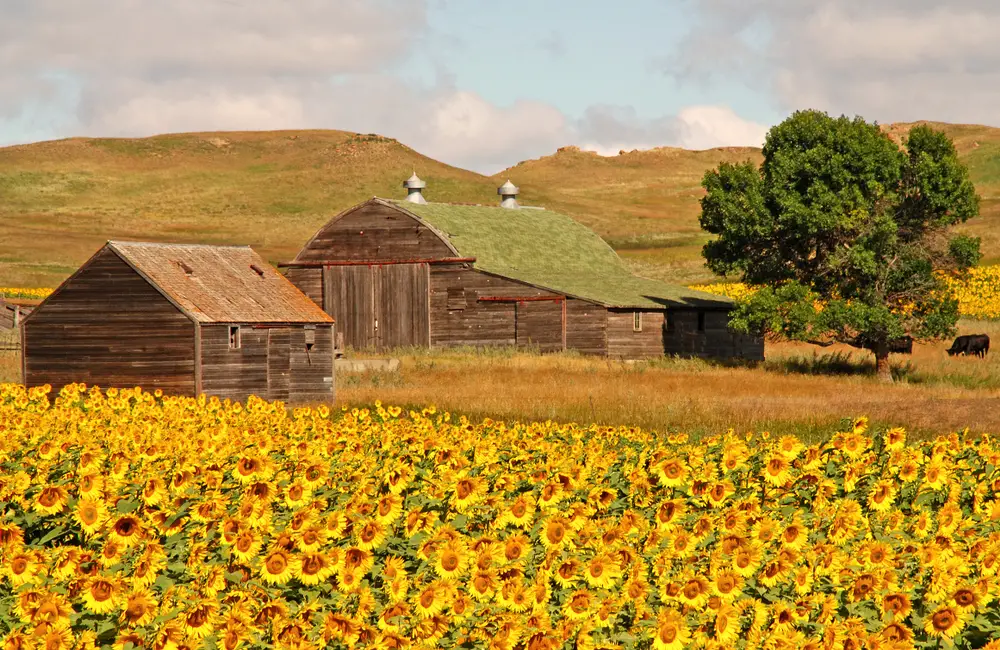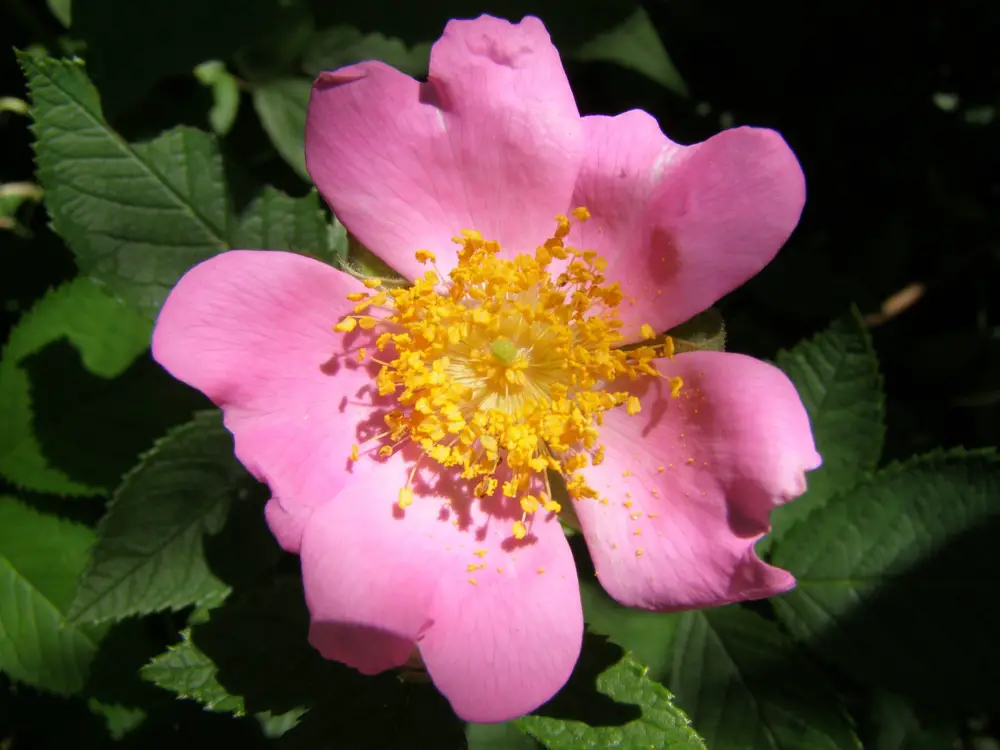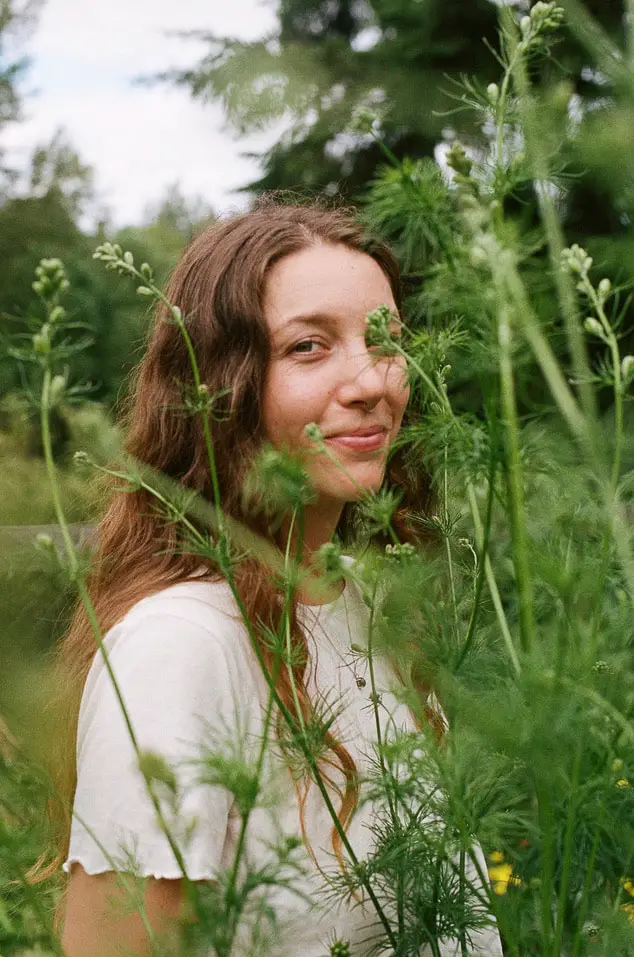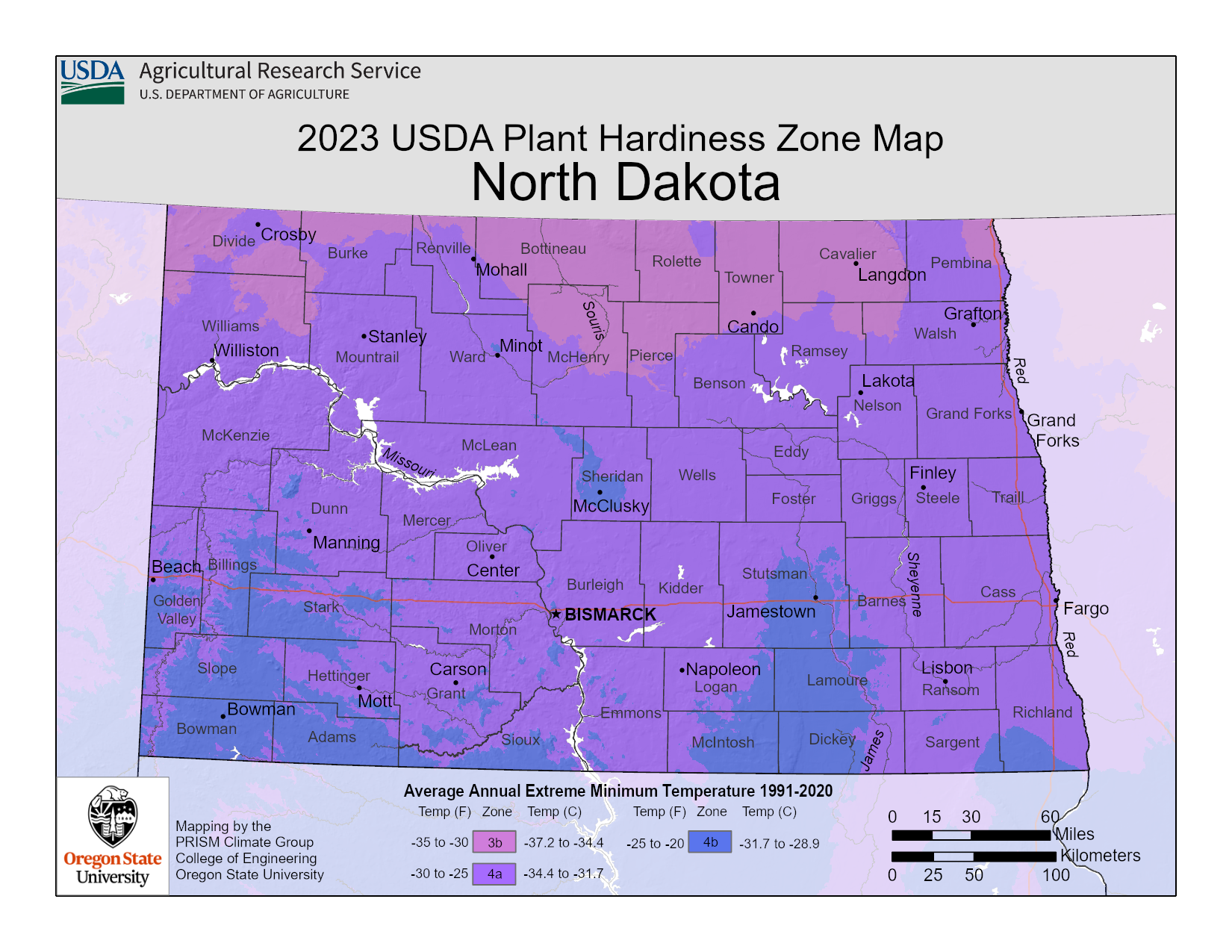North Dakota Plant Hardiness Zones
| USDA Hardiness Zone | Average Minimum Extreme Winter Temperature Range Fahrenheit (°F) Celsius (°C) | Average Last Frost Date Range In Spring (Beginning Of The Growing Season) | Average First Frost Date Range In Autumn (End Of The Growing Season) |
|---|---|---|---|
| 3b | -35°F to -30°F -37.2°C to -34.4°C | Mid to late May | Mid to late September |
| 4a | -30°F to -25°F -34.4°C to -31.7°C | Mid to late May | Mid to late September |
| 4b | -25°F to -20°F-31.7°C to -28.9°C | Mid to late May | Mid to late September |
North Dakota Growing Conditions
General Climate
North Dakota plant hardiness zones range from 3b to 4b. Part of the state has a humid continental climate. This means there are fluctuations in temperatures throughout the four distinct seasons. The winters are cold, windy, and snowy while the summers are humid and hot.
The western half of the state has a semi arid climate. Precipitation and humidity are lower in this area.
August is the only month of the year that North Dakota hasn’t experienced snow!
Microclimates
USDA plant hardiness zones are an important starting point for your garden, but you’ll also need to consider microclimates.
Microclimates are areas where specific conditions create a climate different from the climate they’re situated in.
Buildings, fences, paved areas, or short hills and valleys can create these microclimates.
They can be as small as a space in your backyard or as large as a city.
In other words, learn about your local conditions from local experts to see if your garden falls into a microclimate.
Extreme Weather
Drought
North Dakota experiences short but hot summers. Prolonged drought, especially in the west, occasionally occurs.
Temperatures on average are in the mid 80s°F (30 °C) in the west and high 70s°F (25 °C) in the east. But, North Dakota’s extreme heat can reach up to 121 °F (49 °C).
Droughts are tough on your garden if proper irrigation methods aren’t set up. Picking the right time to irrigate is crucial for water conservation, especially through periods of drought.
Watering the garden in the early morning or late evening is the best. This ensures that your plants are absorbing the most moisture possible. It also avoids water evaporation, which happens if you water in the heat of the day.
Top Tip: Set your irrigation system on a timer. This is a great way to give your garden the right amount of moisture at the right time of day.
Blizzards
Blizzards are a common occurrence during North Dakota’s long, cold winters. Storm systems coming north from Canada bring strong winds and cold temperatures. Freezing rain and ice storms are also common.
Central North Dakota receives up to 38 inches (96.52 centimeters) of snow a year. This is more than the rest of the state which can see around 26 inches (66.04 centimeters). Temperatures drop to as low as −60 °F (−51 °C).
Long winters doesn’t have to mean the garden has to be boring! Cold hardy evergreen trees and shrubs are a great way to bring greenery to the garden throughout the colder seasons. Some great options are:
- Pine
- Spruce
- Cedar
- Juniper
Growing Season
North Dakota’s growing season is May to September with approximately 130 frost-free days.
Try sowing cold hardy annual flowers in the fall. They require cold stratification to germinate. This means they need a period of freezing temperatures and wet soil to germinate.
When sown in the fall they bring color earlier in the spring! Choose cold hardy annuals like:
- Larkspur
- Yarrow
- Bachelor’s button
- Foxglove
North Dakota Gardening Tips

Timing Is Everything In This Cool State
North Dakota’s Growing season is short and cold! It’s important to have a growing schedule to help make the best of the growing season.
Start veggies and flowers on a heat mat indoors or in a greenhouse. This is a great way to extend the growing season and help give seedlings a head start.
March: start your seeds for perennial herbs like lavender, rosemary, and thyme now
April: start your tomatoes and peppers inside during this month
June: be sure to wait until June to transplant these seedlings outdoors. This ensures they won’t be killed by frost. You can start direct seeding in June as well. Try plants like:
- Spinach
- Peas
- Sunflowers
Plant Deer Resistant Flowers
Deer are a challenge when growing a garden. They love munching on plants and will try everything, even plants that are supposed to be deer resistant. They are one of the biggests challenges when growing a veggie garden without fencing.
Grow plants that are fragrant throughout your garden. This helps to deter deer. Some examples include:
- Ornamental allium
- Lavender
- Oregano
- Thyme
- Chives
- Yarrow
- Echinacea
Try staking pieces of garlic around plants that need extra protection to keep deer away.
If you really want a flower garden with flowers like dahlias, roses, and peonies, then deer fencing is your best bet. Deer-proof fences need to be 7 feet (2.13 meters) high. Anything shorter and the deer will easily jump over it.
Consult With Local Professionals
Consulting with local gardening professionals allows you to benefit from their experience with your area’s conditions, the plants that do well there, and overall best practices.
North Dakota Plant Suggestions

Trees
- Bur Oak (Quercus macrocarpa)
- Green Ash (Fraxinus pennsylvanica)
- Northern Catalpa (Catalpa speciosa)
Shrubs
- Gray Dogwood (Cornus racemosa)
- American Hazelnut (Corylus americana)
- Black Hawthorn (Crataegus douglasii)
Flowers
- Prairie Smoke (Geum triflorum)
- Pacific Anemone (Anemone multifida)
- Spotted Fritillary (Fritillaria atropurpurea)
Vegetables
- Spinach (Spinacia oleracea)
- Lettuce (Lactuca sativa)
- Kale (Brassica oleracea)
Herbs
- Wild Bergamot (Monarda fistulosa)
- Arrowleaf BalsamRoot (Balsamorhiza sagittata)
- Bearberry (Uva ursi)
Spices
- Prairie Sage Bush (Artemisia frigida)
- Canada Wild Ginger (Asarum canadense)
- Fragrant Giant Hyssop (Agastache foeniculum)
Fruits
- Scarlet Strawberry (Fragaria virginiana)
- American Plum (Prunus americana)
- Clove Currant (Ribes odoratum)
Succulents
- Brittle Prickly Pear (Opuntia fragilis)
- Missouri foxtail Cactus (Escobaria missouriensis)
- Beehive Cactus (Escobaria vivipara)
Disclaimer
Any of the above can change and is not exhaustive.
Treat anything above like a good starter guide. Then use that as a foundation as you consult with local gardeners, professionals, forecasts, guides, and organizations.

